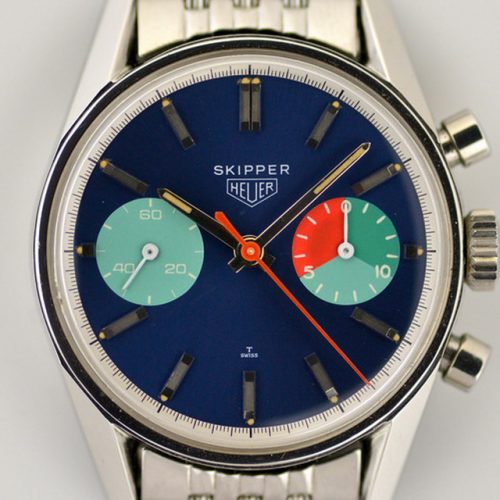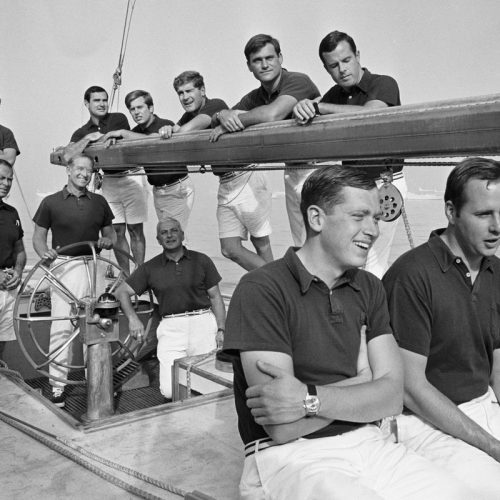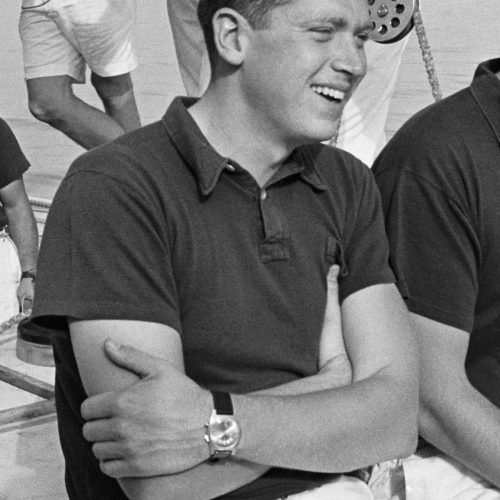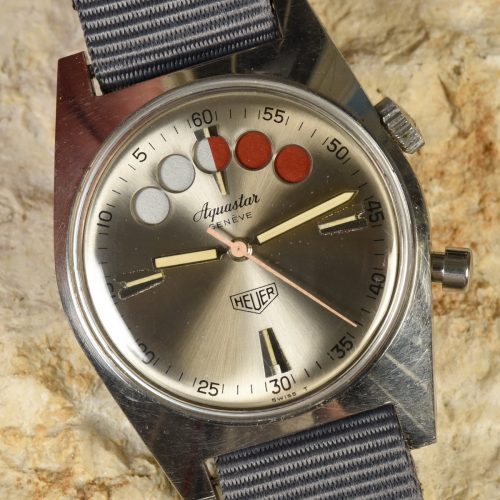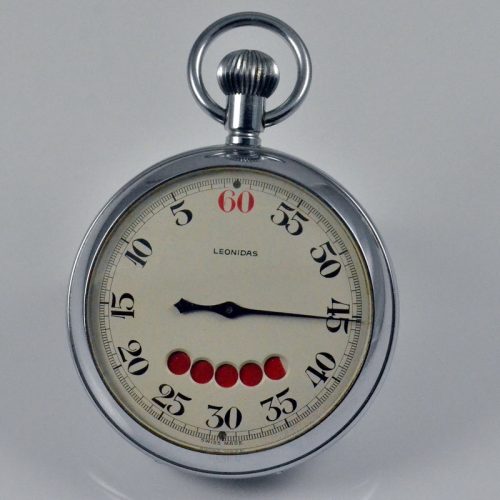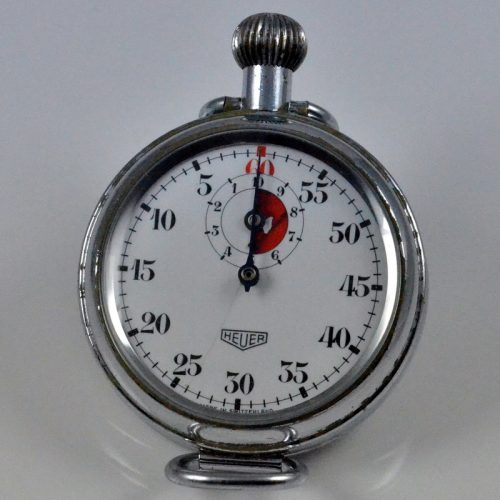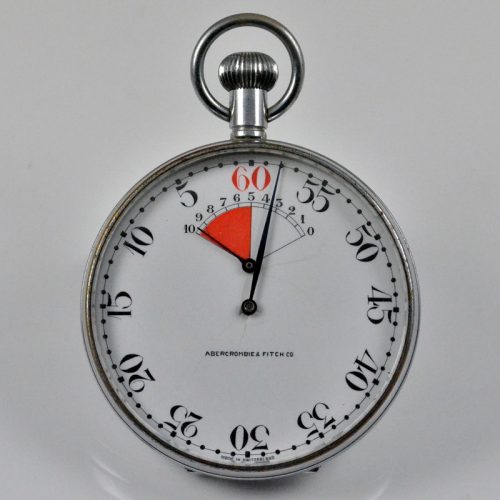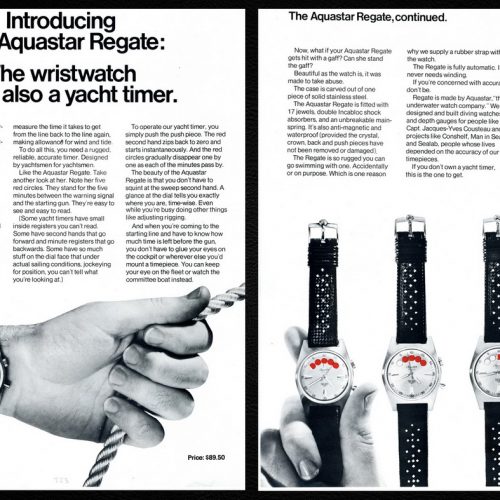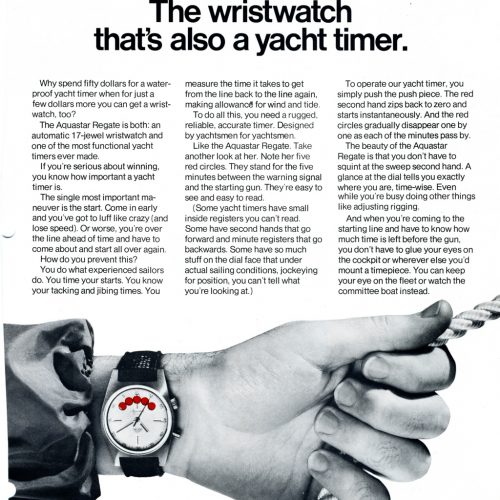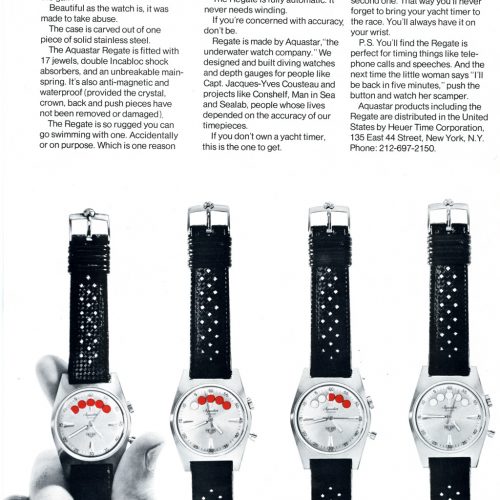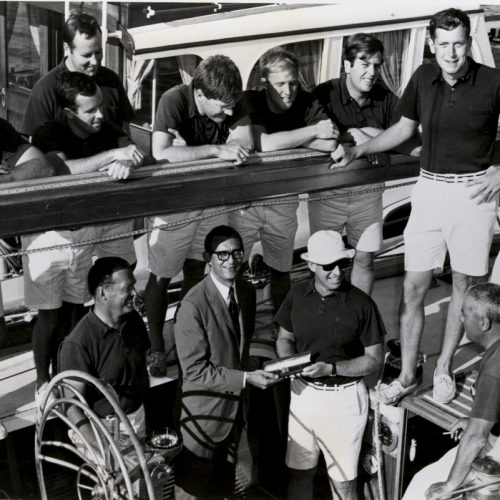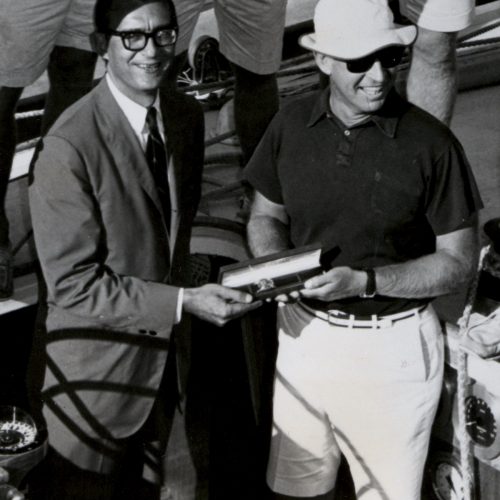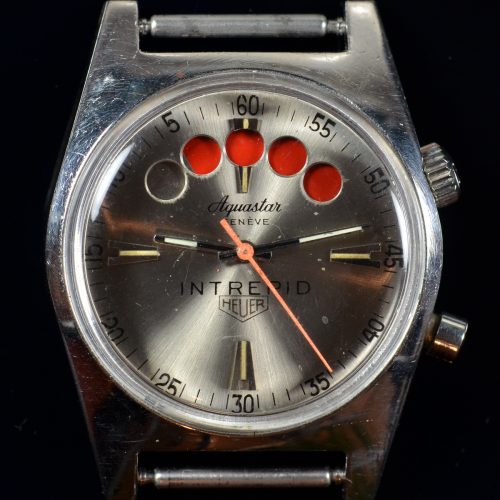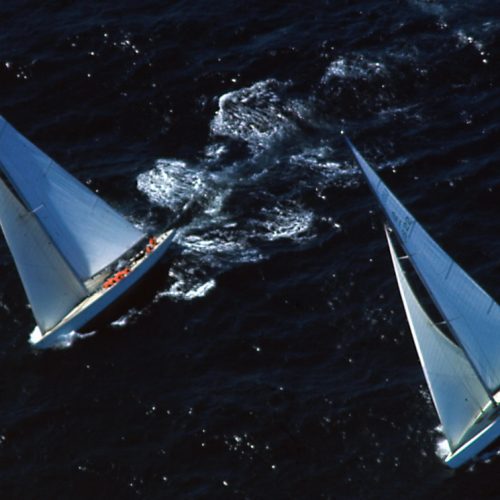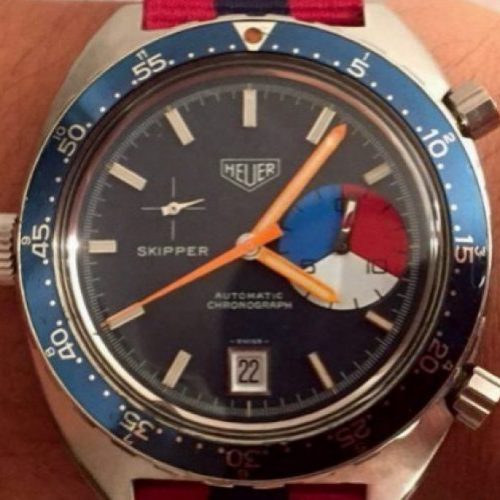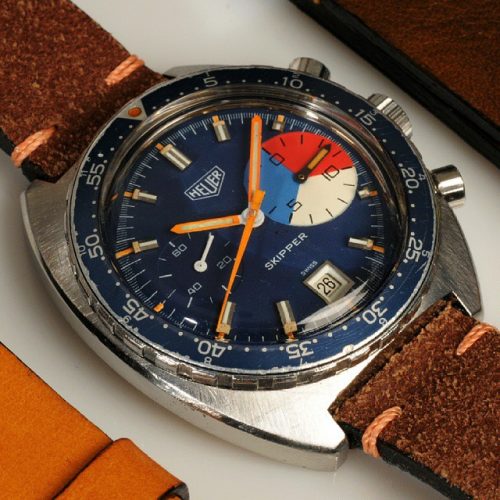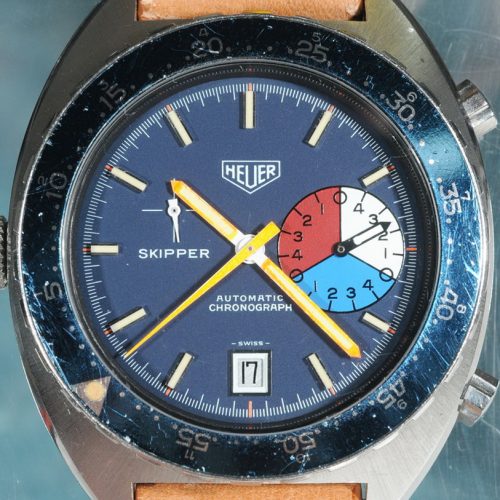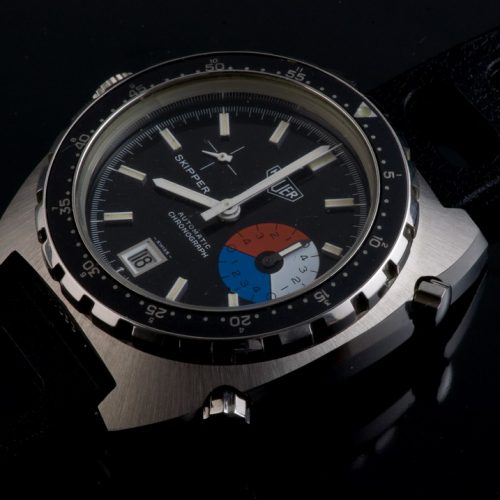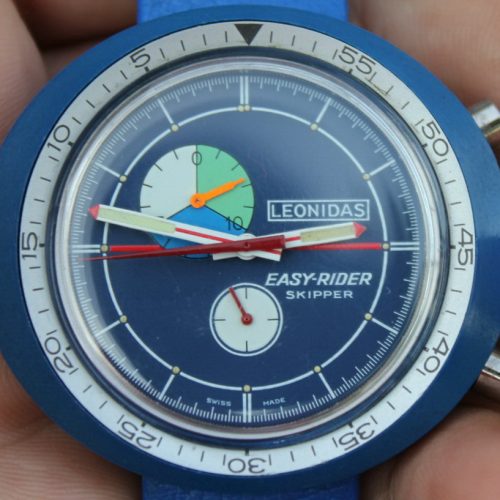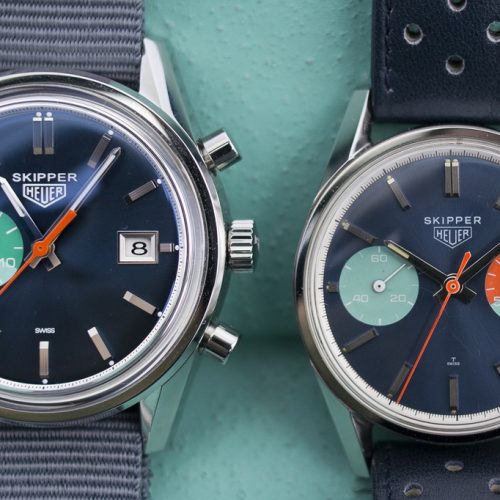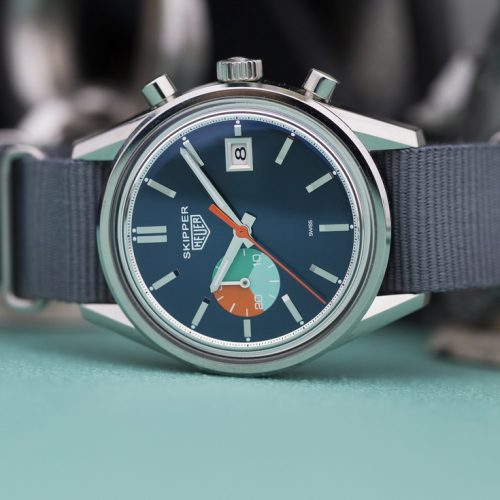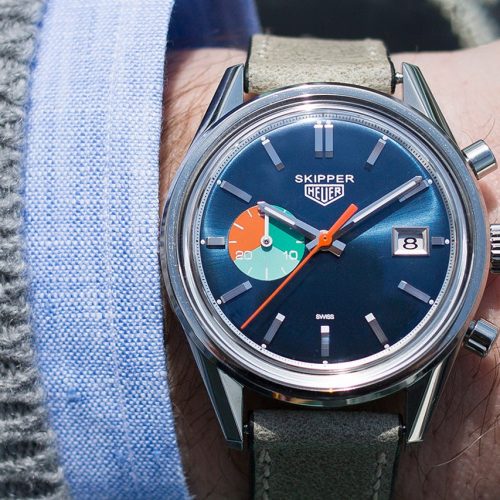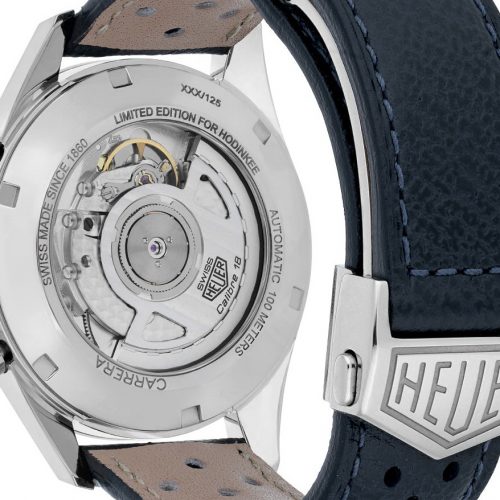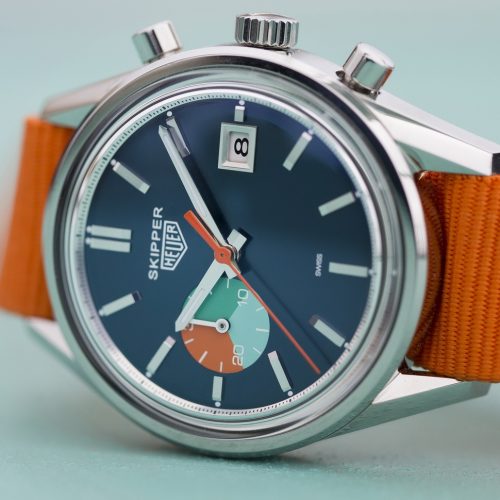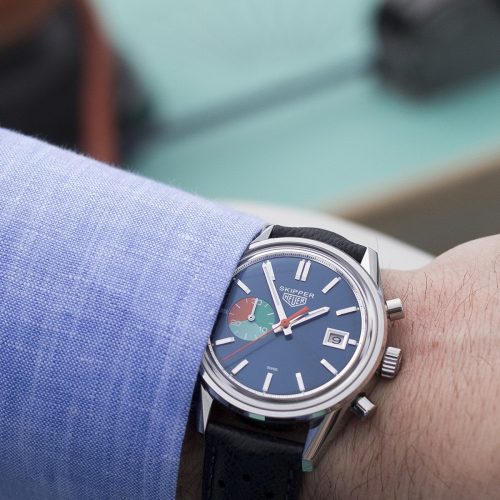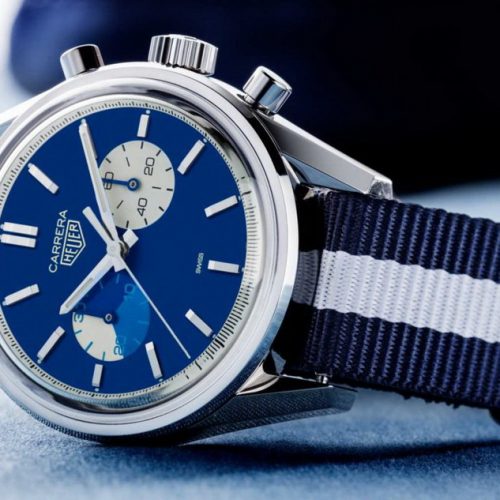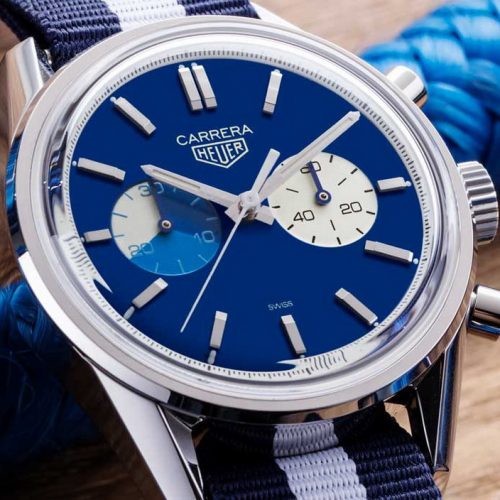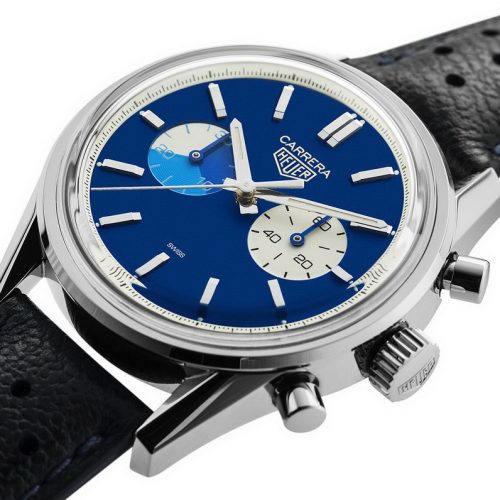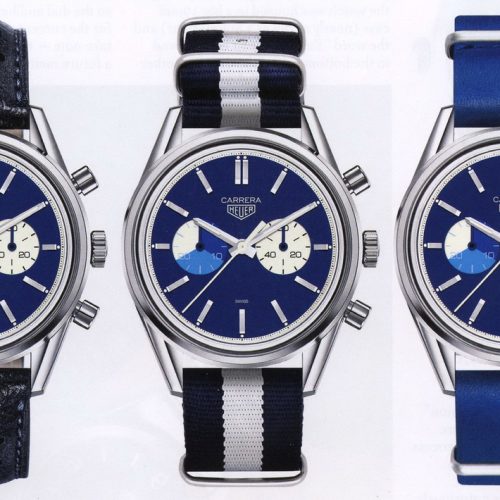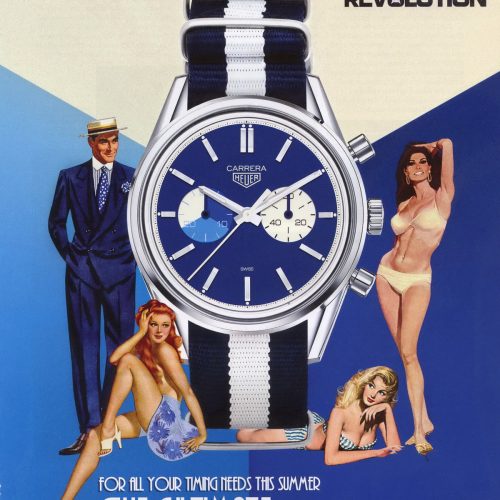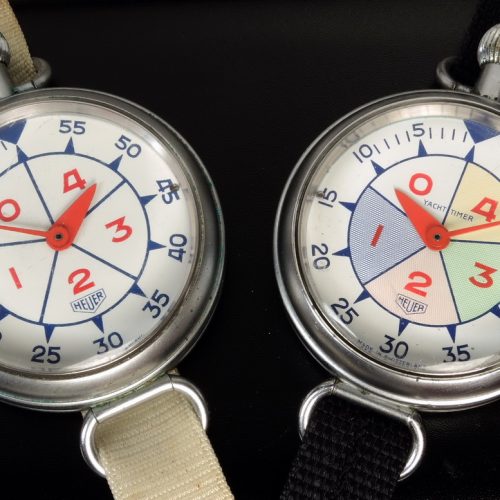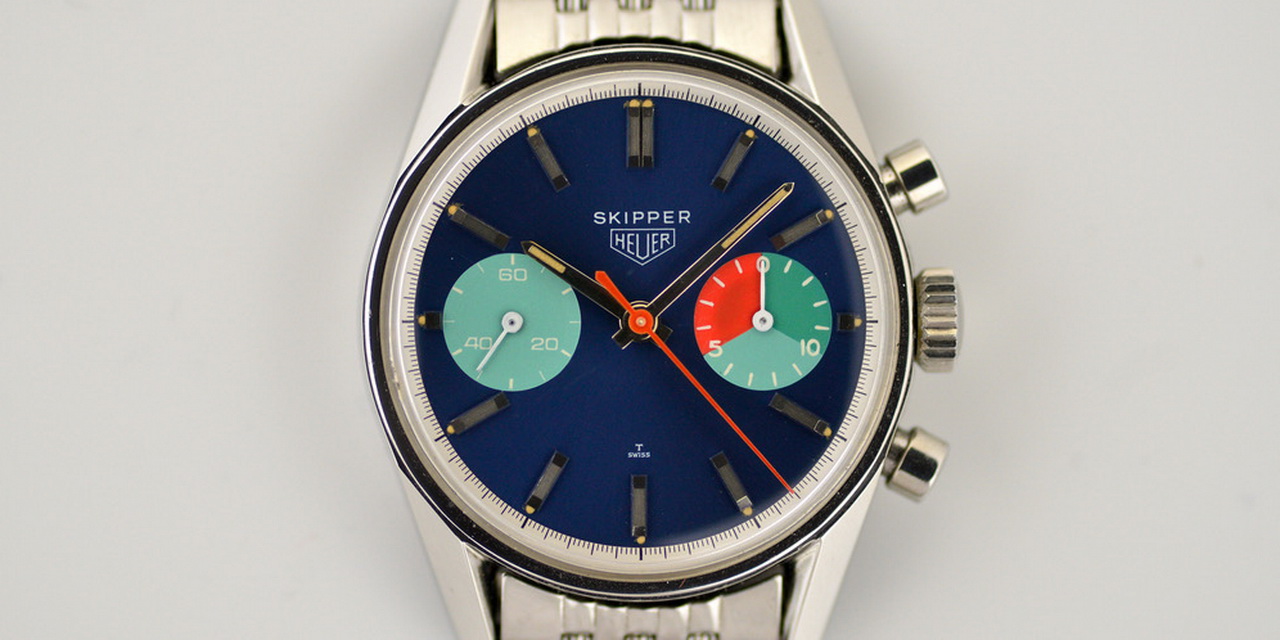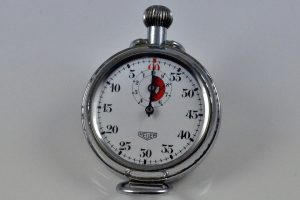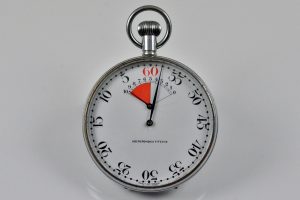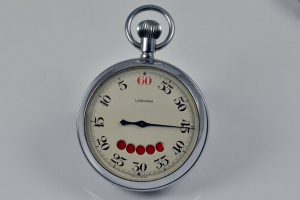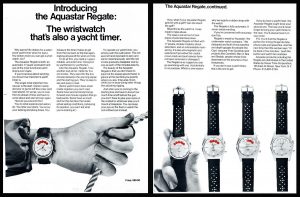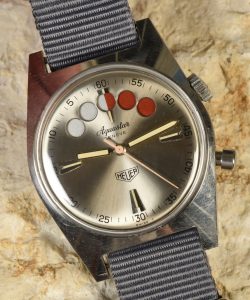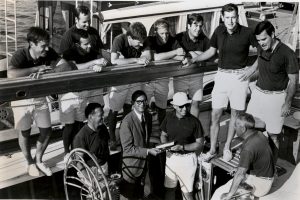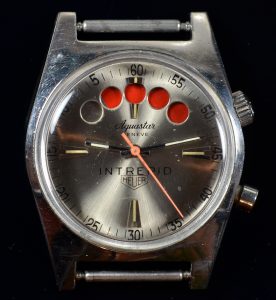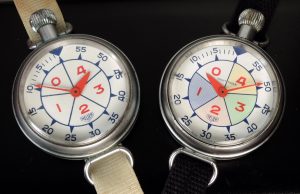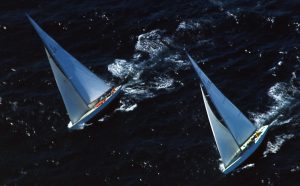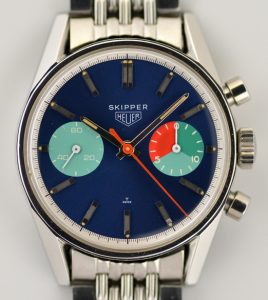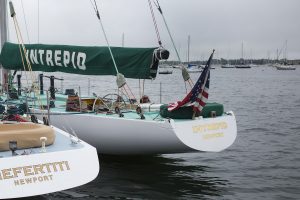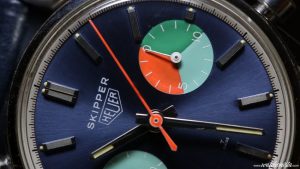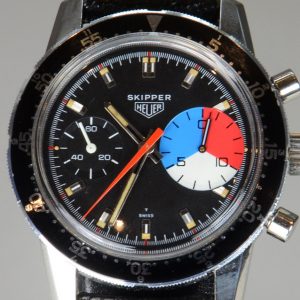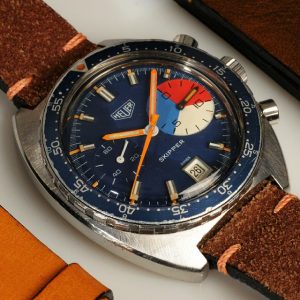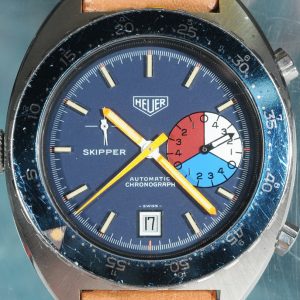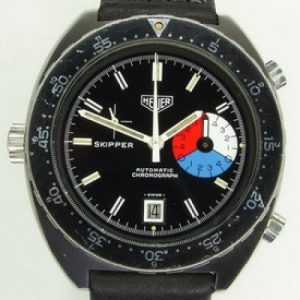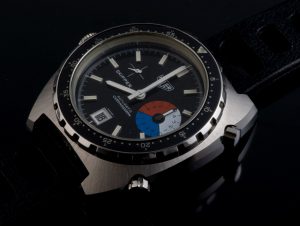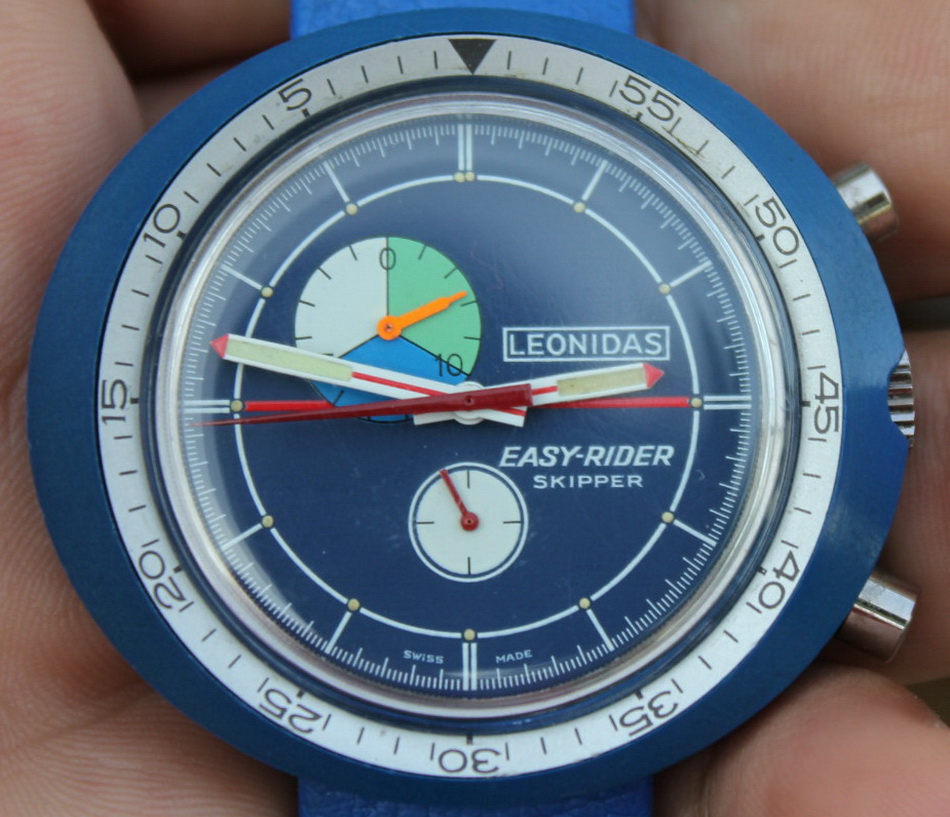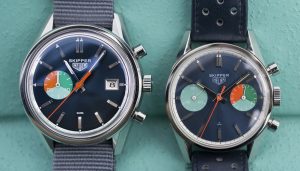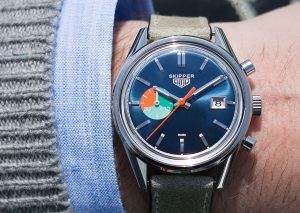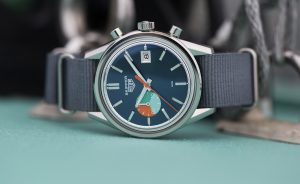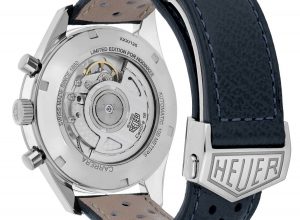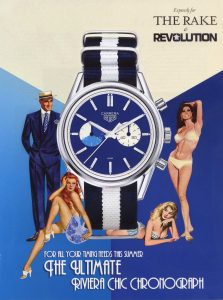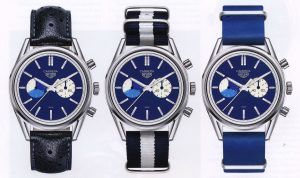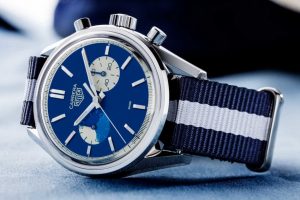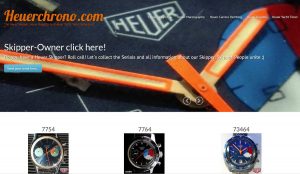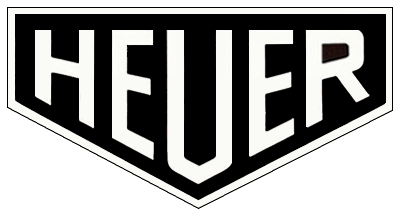Founded in 1860, Ed. Heuer & Co. quickly earned its reputation for developing stopwatches, chronographs and other timers to address the most specialized and challenging requirements. Heuer made timers for the engineer using 1/10,000 hour measurement for time and motion study, for the artillery officer reading a telemeter scale to locate enemy installations, and for the physician timing 15 pulses, to quickly determine the patient’s heart rate.
Sports timing presents many different challenges. Precision may not be important to time the three-minute rounds and one-minute breaks of a boxing match, but hundredths or thousandths of a second will determine where the downhill skiers stand on the podium. Sporting events are staged in the heat of the desert, frosty alpine regions, in the bright sun and the dark of night. The parachute jump lasts only few seconds (with no need for time-in and time-out functions), while the chess match may be timed over a period of hours or days.
The Challenges of Yacht Timing
The yacht race poses unique challenges for those who design and produce timing equipment. While speed on the course is important, timing the arrival at the start line is a critical element of the race. Race organizers use a series of horns and colorful flags, at five minute intervals, to count down to the start of the race. The skipper needs a tactical plan — and reliable timing gear — to arrive at the start line, at the precise moment when the horn sounds to start the race. The boat that crosses the start line too soon will be penalized by race officials; the boat that crosses the line too late begins the race at a disadvantage.
The deck of a yacht is a busy place as the start approaches, with the skipper attending to numerous tasks. The yacht timer must provide instant legibility, even as the boat bounces on the waves and the sun makes it difficult to detect numbers, markings and even hands. And, yes, the yacht timer must be waterproof, to withstand ocean sprays or the celebration at the end of the race.
Three Approaches to the Display
Over the years, Heuer used three distinctive styles of display to track the countdown to the start of a yacht race, all intended to provide the best possible legibility for the skipper and his crew.
— With the layout of a conventional stopwatch, the small, circular minute recorder counts down the minutes from 5, 10 or 15, corresponding to the horns sounded by race officials. The outer scale counts down the seconds, with markings from 55 to zero.
— A unique design for yacht timing employs a pie-shaped or triangular recorder to count down the minutes, covering a range of 5, 10 or 15 minutes. Heuer produced this yacht timer, with its five-minute countdown display, for Abercrombie & Fitch
— Under a third approach, the minutes were counted down with a series of five brightly colored balls (for example, with one ball turning from red to white each minute). When the five balls have disappeared, the skipper and his crew know that the race will be underway.
Heuer’s Aquastar Regate
Through the 1930s, 40s and 50s, Heuer produced stopwatches and timers for yacht racing, but it did not offer a wristwatch for the racers. This changed, around 1964, when Heuer entered into an arrangement with Aquastar, the prominent maker of wristwatches and chronographs for diving and sailing, for the Aquastar “Regate” chronograph to be co-branded for Heuer. Priced at $89.50, Heuer’s advertisements posed the question, “Why spend fifty dollars for a waterproof yacht timer when for just a few dollars more you can get a wristwatch too?”
Patented in 1964, the Aquastar Regate used five disappearing red balls to count down to the start of a yacht race. When the pusher is pressed, the five red balls appear, and the second hand flies back to zero and starts running. After five minutes, the red balls have turned to silver, “disappearing” as they match the silver of the dial.
The version of the Regate produced for Heuer had “Aquastar Geneve” across the top of the dial, with the Heuer shield across the bottom. Soon, Heuer would offer its own series of Regatta models, using the “disappearing balls” display, with these models remaining in the catalog into the mid-1980s.
Supplier to the Intrepid
The 20th defense of the America’s Cup was held in September 1967, off Newport, Rhode Island, with Intrepid representing the New York Yacht Club in the defense. This 12-meter class yacht was designed by Olin Stephens, and captained by celebrity sailor Emil “Bus” Mosbacher, Jr. (both of whom would subsequently be inducted into the America’s Cup Hall of Fame). See this posting for a description of Intrepid.
Jack Heuer reports that Heuer’s US Country Manager was active in yachting, and had received the mandate for Heuer to supply the Intrepid with its timing equipment. Portraits of the Intrepid crew show the sailors wearing Heuer Aquastar Regate watches.
Heuer produced a special edition of its Regate for the crew of the Intrepid, with the name “Intrepid” printed on the dial.
In addition to the Heuer Aquastar Regate chronographs, Heuer supplied a full assortment of timing equipment for the Intrepid. Shown below are Heuer Yacht Timer stopwatches, circa 1961 and 1963.
Victory for Intrepid
Intrepid sailed to a commanding victory over the Australian challenger, Dame Pattie, winning the best-of-seven series in four consecutive races. Intrepid went on to defend the America’s Cup in 1970, becoming only the second yacht to defend the America’s Cup twice, and the first 12 meter yacht yo do so.
Celebrating the Intrepid’s Win
Heuer marked Intrepid’s victory with the creation of an entirely new chronograph model – the Skipper. Derived from the two register Carreras of the day, the new Skipper (Reference 7754) featured a metallic blue dial, with a light green register for running seconds.
Research by Hodinkee suggests that the green of this register matched the color of the Intrepid’s deck, with this color having been chosen because of its anti-reflective properties.
For the 15-minute countdown function, Heuer employed a unique design – the chronograph minute recorder being divided into three segments, painted in the colors dark green, light green and orange. Consistent with the yachtsman’s demand for legibility, the chronograph second hand is bright orange.
The first Skippers were powered by a modified Valjoux 7730 movement, with the chronograph minute hand making a revolution in 15 minutes and jumping every 30 seconds. Being housed in the Carrera case, today’s collectors refer to these first execution Skippers as the “Skipperrera”. (See the OnTheDash Gallery for the Skipperrera.)
Compressor Case – Reference 7764
While the first execution of the Skipper served as a colorful tribute to Intrepid’s defense of America’s Cup, it didn’t take long for Heuer to move the Skipper model into a new case that would be better suited to yacht timing – the compressor case of the Autavia (Reference 7763). This stout case offered superior waterproofing to the screw-back Carrera, the case-back being marked with the guarantee that appeared on all Autavias since their introduction in 1962 – “Waterproof Guaranteed 330 Feet Under Water”. The 40 millimeter Autavia case was also a better fit for the yachtsman, and accommodated a larger countdown recorder to improve legibility.
With the move to this Autavia case, Heuer also modified the color scheme of the Skipper – the dial and running seconds recorder are black, and chronograph countdown recorder is divided into three segments — red, white and blue. (See the OnTheDash Gallery for the Reference 7764 Skipperrera.)
Skippers for the 1970s – Automatic and Manual
Heuer’s catalog changed dramatically in 1969, with its introduction of the Chronomatic / Calibre 11 automatic movement for its chronographs. To accommodate the larger, modular movement, new C-shape cases were introduced for both the Autavia and Carrera. There was no immediate impact on the Skipper, which continued to reside in the Autavia compressor case, but when Heuer began using C-shape cases for its manual-wind movements (circa 1972), the Skipper (Reference 73464) arrived in its third home. The new case measured 42 millimeters across the dial, with a thickness of 14.2 millimeters from the back of the case to the top of the crystal.
The colors for the dial and bezel returned to the original deep blue of the first Skipper, with the red, white and blue continuing for the countdown recorder. The time-of-day hands were a vibrant orange, also consistent with the orange accent of the chronograph hand on the first Skipper. A date was added at six o’clock, a feature of all future Skipper models. The bezel was marked in minutes and hours (MH), counting up in the style of the Autavia, rather than down in the style of classic yacht timers.
The first automatic Skipper (Reference 1564) arrived circa 1972, when Heuer introduced its Calibre 15 automatic movement. Just as the Valjoux 7730 movement had been modified to power the first Skippers, the 30-minute capacity of the Calibre 15 was modified to provide the Skipper’s 15 minute countdown. Dimensions were similar to those of the manual-winding Reference 72464, measuring 42.5 millimeters across the dial with a slightly deeper 14.8 millimeter case to accomodate the modular Caliber 15 movement.
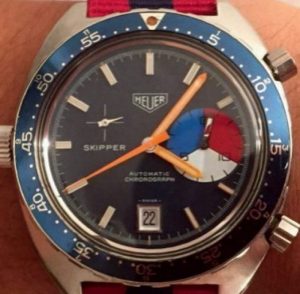
Later in the production of the Reference 73464 Skippers, the red-white-blue sequence of the countdown recorder was modified to white-blue-red, with this new sequence being used for the remainder of the Skipper’s production.
Bigger Cases for Mineral Crystals
Toward the end of 1972, Heuer modified the case for the automatic Autavia, so that it would accommodate a mineral crystal. These cases (Reference 15640 for the Skipper) have a higher profile than the earlier C-shape cases, with a relatively thick black flange between the crystal and the dial. Measurements of the new Skipper were generally similar to the previous Reference 1564, at 42.5 millimeters across the dial with a thickness of 14.5 millimeters from the back of the case to the top of the crystal.
Around 1978, Heuer offered a new version of the Reference 15640 Skipper, with a gloss-black dial contrasting with the bright white time-of-day hands. The bezel returned to black, to match the dial.
The very last version of the Heuer Skipper came in 1983, this time moving into the last case that Heuer would make for the Autavia (Reference 11063). Although the dimensions are similar to those of the Reference 11630, the case offers a beefier look, with 21 millimeters between the lugs (versus 20 millimeters on previous Autavia cases that housed the Skipper) and the hefty geometry of the bezel. The bezel is unidirectional, rotating only counter-clockwise.
The “Easy Rider” Skipper
In 1972, Heuer introduced the Easy Rider model chronographs, inexpensive chronographs with pin-lever movements and monocoque cases, which were either chrome-plated or plastic. These were low-quality chronographs, with many of them ordered by U. S. retailer Sears, Roebuck, and in order not to dilute the “Heuer” name, the Easy Rider chronographs had the “Leonidas” brand name on the dial.
There were two executions of the Easy Rider Skipper (Reference 423.804), both with a blue plastic case, countdown minutes bezel, and 15-minute countdown register. The first execution had green, blue and white segments on the minute recorder; the second execution had red, white and blue segments. The Easy Rider Skippers are rare, presumably because many of these watches must have developed mechanical problems and been discarded.
The Limited Edition Carrera Skipper for Hodinkee
Forty years after the Intrepid’s defense of the America’s Cup, the voyage of the Skipper came full circle in June 2017, when TAG Heuer created a limited edition of the Skipper, in a collaboration with the publisher, Hodinkee. The Hodinkee posting describing the newest Skipper is HERE.
Rather than being a literal copy of one of the original vintage models, the Hodinkee design team combined elements of the very first Skipper (the Skipperrera) with defining features of another vintage Heuer, the Carrera 45 Dato. The colors of the dial and minute recorder matched those of the original Skipper, with the date at three o’clock mimicking the asymmetry of the Carrera 45 Dato. (For a behind-the-scenes look at the process of designing the newest Skipper, see the interview of Louis Westphalen, on HeuerChrono.com.)
The Hodinkee version of the Skipper uses a 39 millimeter case, with a thickness of 11 millimeters, and sapphire crystals, front and back. The movement is the TAG Heuer caliber 18, a 37-jewel movement with a frequency of 4 Hz. and a power reserve of 40 hours.
The Hodinkee Skipper was priced at $5,900, limited to 125 pieces, and sold out within minutes of its release.
One element of the Hodinkee Limited Edition Skipper created considerable discussion in the vintage Heuer collectors community — the use of a conventional 30-minute recorder rather than a 15-minute countdown timer. Traditionalists contended that the 15-minute countdown function was the defining feature of a Skipper chronograph.
When we consider the very first Skipper chronograph from 1968, however, I conclude that Heuer was not seeking to make a timer for the sailors to wear — these more durable chronographs would come later with the Autavia-cased Skippers or with Heuer’s handheld yacht timers. The 1968 Heuer Skipper chronograph was a new model created solely to celebrate the victory of a brilliant yacht, and its builder and its skipper.
With this first Skipper, rather than seeking a tool to be used on a boat, Heuer produced a wristwatch that would be cherished by the yachtsman. Yes, it’s the Skipper that we are celebrating. More mundane timepieces could be used to time the yacht races, but this Skipper captured the spirit of the Intrepid and the colors of the Newport waters. So too, the Hodinee Skipper is not a chronograph for timing regattas, but is a tribute to the colors and style of Heuer’s 1960s chronographs.
The Limited Edition “Blue Dreamer” Carrera for The Rake & Revolution
In May 2018, The Rake and its sister publication Revolution announced a new limited edition of the TAG Heuer Carrera, nicknamed the “Blue Dreamer”. Although the model name is “Carrera” rather than “Skipper”, clearly it was the vintage Heuer Skipperrera that inspired the new watch. The watch was positioned as a watch for the summer, especially for those who spent their summers in the blue waters of the French Riviera.
As on the Hodinkee version of the Skipper (and all the vintage Heuer Skippers), the chronograph minute recorder is divided into three pie-shaped areas, each a different shade of blue.
Technical specifications are generally the same as on the Hodinkee Skipper, except that the Blue Dreamer places a running seconds recorder at the three o’clock position, rather than a date. The watch was priced at $5,900 and limited to 100 pieces, and sold out of the day that it was released.
The Voyage So Far
Forty years after the Intrepid’s memorable defense of America’s Cup, the newest TAG Heuer Skipper and Carrera, designed in collaboration with Hodinkee and The Rake, was not designed to time yacht races. It’s easy enough for GPS and computer systems to do that. Rather Hodinkee’s 2017 Skipper celebrates the 1967 Skipper, a brilliant piece of Heuer’s yacht racing heritage.
++++++++++++++++++++++++++++++++++++++
Thanks.
This posting is based on an article that was originally published in Issue 17 of Revolution UK; you can view a scan of that article HERE. Thanks to our friends at Revolution for suggesting this coverage of the vintage Heuer Skipper, and the modern-day successors, and for the excellent collaboration along the way.
Special thanks to Henrik, creator of the website HeuerChrono.com, for his contributions to this article, including many of the amazing photos of the vintage timepieces. HeuerChrono.com is the definitive reference site covering the Heuer Skipper, the Heuer Regatta timers, and the Heuer yacht timer stopwatches.
+++++++++++++++++++++++++++++++++++++++
Jeff Stein
June 4, 2018
— updated February 8, 2012, to cover the Easy Rider Skipper
